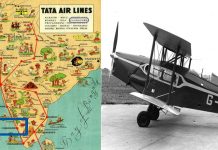Giant flying machines: 10 of the world’s largest aircraft
When, or if, the weird-looking Stratolaunch takes off from Mojave, California, as expected in 2019, it will have smashed a record that’s remained unbroken for 71 years. No flying aircraft has yet surpassed the massive wingspan of Howard Hughes’ H-4 Hercules, also called the “Spruce Goose.” But this is by no means the only measure of the size of an aircraft — weight, length or even volume are equally valid parameters.
Taking all of these factors into consideration, we’ve compiled a list of 10 of the largest airplanes in the world.
Stratolaunch
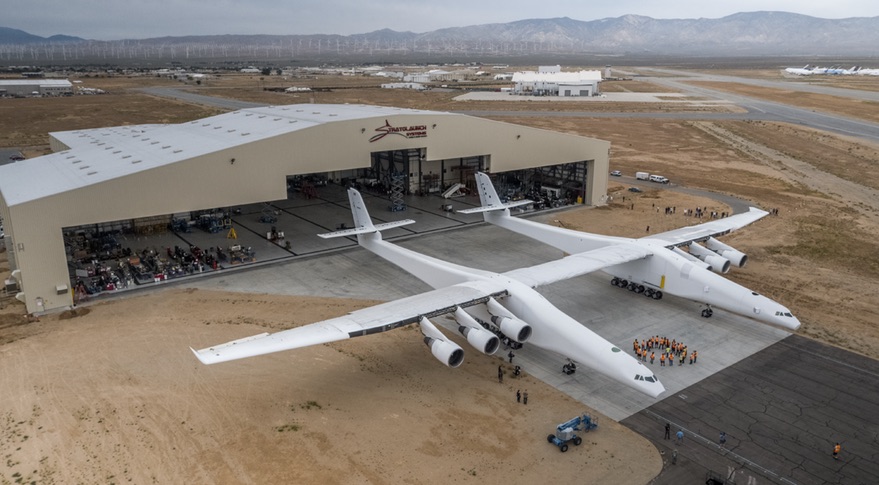
Empty weight: 226,796 kilograms
Length: 73 meters
Wingspan: 117 meters
First flight: 2019 (TBC)
It has not flown yet, but the moment it does, the Stratolaunch, an aircraft project founded by Microsoft co-founder Paul Allen will become the largest wingspan aircraft in history, surpassing the Hughes H-4 Hercules.
The awkward-looking aircraft, composed of two fuselages joined together (although only one will pressurized to carry the crew,) is designed to meet the needs of the nascent private space industry — its purpose is to act as a flying launch platform to put payloads in orbit.
Hughes H-4 Hercules (“Spruce Goose”)
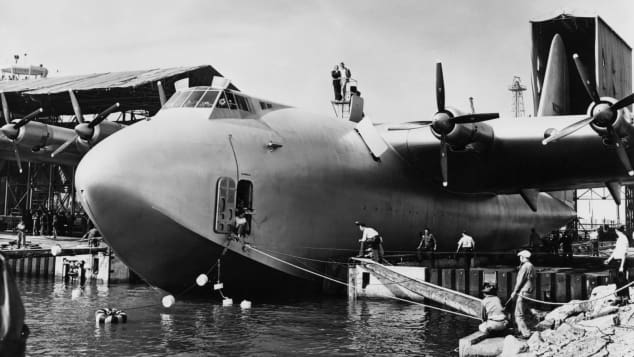
Empty weight: 113,399 kilograms
Length: 66.65 meters
Wingspan: 97.54 meters
First flight: 1947
Its first and only flight was just 26 seconds long (or around one and a half kilometers,) but this short interval is enough for the “Spruce Goose” to be considered the largest wingspan aircraft that has ever flown.
A project of aviation tycoon Howard Hughes, the H-4 was depicted in 2004 movie “The Aviator,” starring Leonardo DiCaprio.
This giant flying boat, made of wood and fitted with eight engines, was designed during World War II in response to the country’s long range heavy transport needs.
Its only prototype is currently preserved at the Evergreen Aviation & Space Museum in McMinnville, Oregon.
Antonov An-225 Mriya
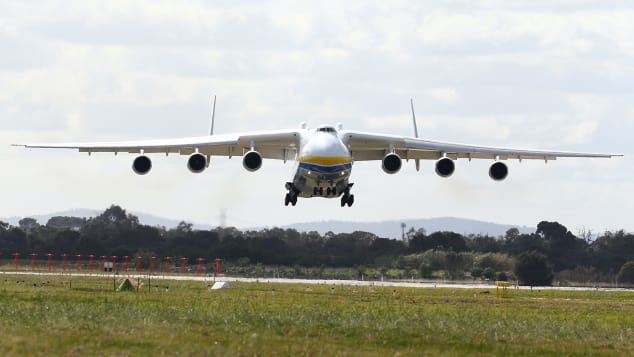
Empty weight: 285,000 kilograms
Length: 84 meters
Wingspan: 88.4 meters
First flight: 1988
The six-engined Antonov An-225 is literally in a category of its own, holding the titles of both the heaviest aircraft ever built and the largest wingspan of an aircraft currently in service.
In fact, only one An-225 has ever been built.
A second was in the construction process when the Soviet Union collapsed and has languished uncompleted at a storage facility in Kiev ever since.
Antonov Airlines makes the “Mriya” available for an assortment of unique heavy lift jobs all over the world.
More recently, there have been rumors of a Chinese interest in resurrecting the An-225 program, but it’s unclear whether this is going to happen any time soon.
Airbus A380-800
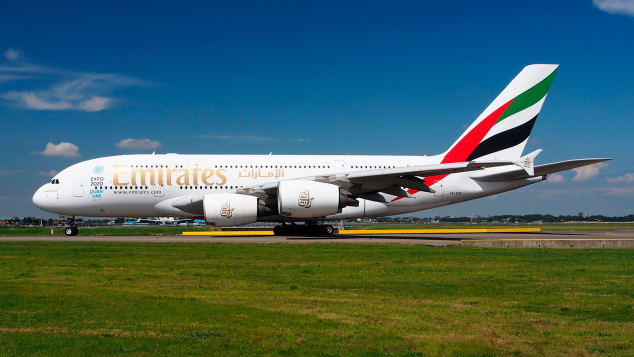
Operating empty weight: Around 277,000 kilograms
Length: 72.72 meters
Wingspan: 79.75 meters
First flight: 2005
The double-decker A380 was designed for a world exponential air traffic growth and as an answer to the increasing congestion of major hub airports.
It’s able to carry, theoretically, up to 850 passengers, although most of its operators have opted for a less dense 450 to 550 passenger layout.
The A380 has found itself a successful niche supporting the global ambitions of the Dubai-based Emirates, its largest operator by far.
However, the aircraft has failed to sell in the expected numbers and its longer term future is now somewhat in doubt.
Boeing 747-8
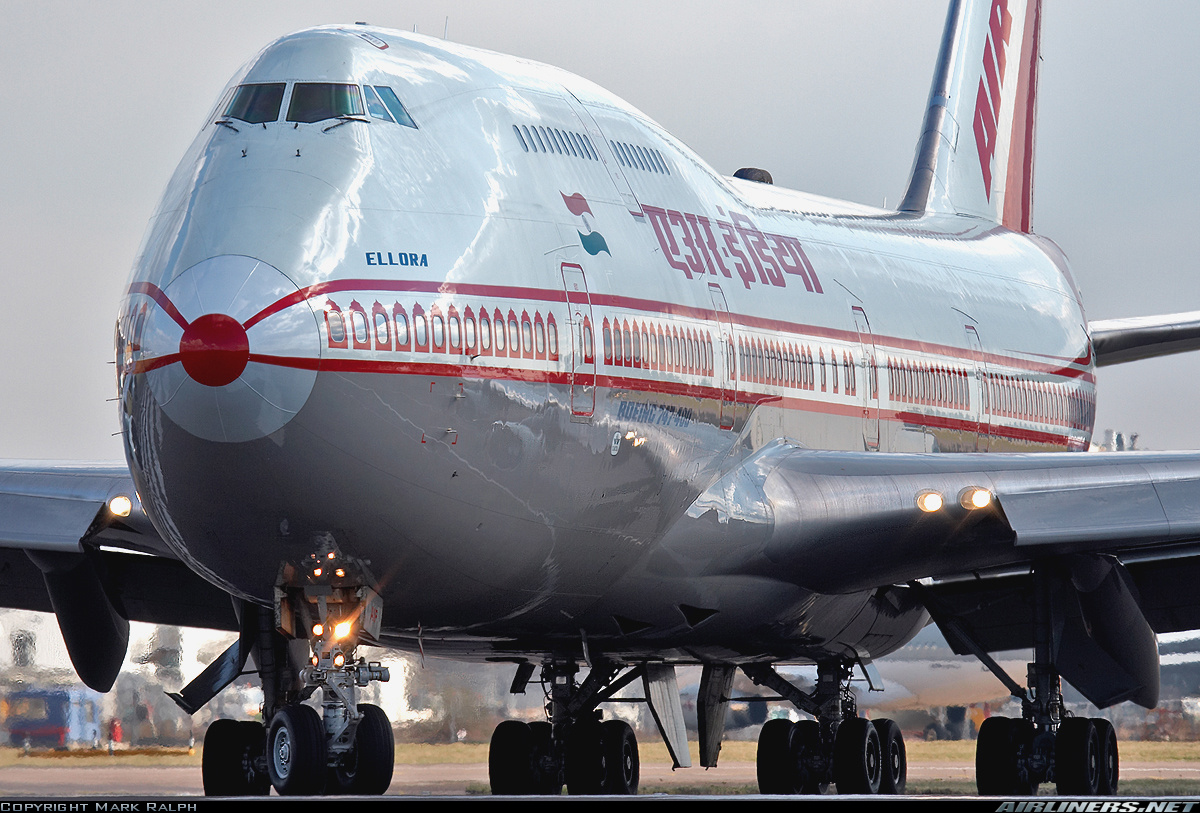
Operating empty weight: 220,128 kilograms
Length: 76.3 meters
Wingspan: 68.4 meters
First flight: 2010 (B747-8F)
Since its entry into service in early 1970 and for over 30 decades, the Boeing 747 has been the undisputed “Queen of the Skies” and its unique forward hump became an instantly recognizable and popular icon.
Although surpassed by the Airbus A380 in passenger capacity, the latest iteration of the Boeing 747 family, the 747-8, keeps its place in the record books as the longest airliner in the world.
Antonov An-124
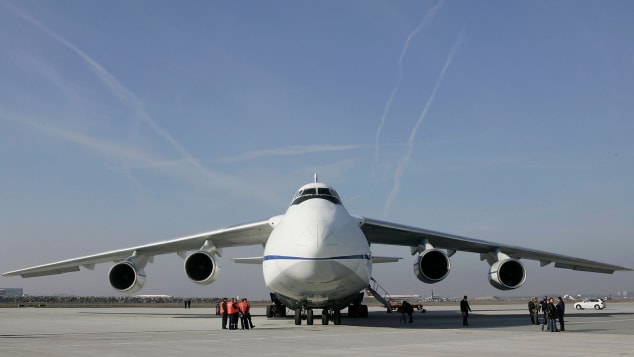
Empty weight: 175,000 kilograms
Length: 68.96 meters
Wingspan: 73.3 meters
First flight: 1982
Although a tad smaller than its close relative the An-225, this fellow product of the Antonov design bureau is the largest military transport aircraft in the world and, until the advent of the Boeing 747-8F, was also the heaviest mass-produced aircraft.
The An-124 is in service with the Russian Air Force as well as several cargo operators, who use it to move particularly heavy and oversized cargo, for example, in support of the American and European space programs.
Lockheed C-5 Galaxy
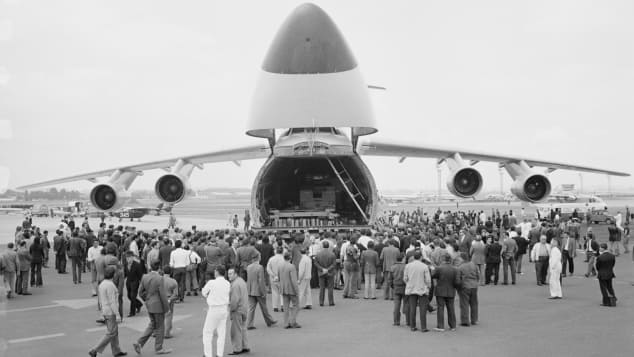
Empty weight: 172,371 kilograms
Length: 75.31 meters
Wingspan: 67.89 meters
First flight: 1968
Capable of airlifting six Apache gunship helicopters or two M1 main battle tanks over distances of around 11,000 kilometers, the C-5 Galaxy has been the mainstay of the US Strategic Airlift Command, for several decades, supporting American military deployments overseas.
Tupolev Tu-160
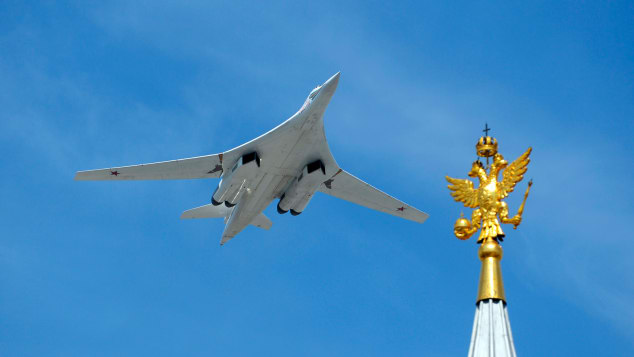
Empty weight: 110,000 kilograms
Length: 54.10 meters
Wingspan: 55.70 meters (spread)
First flight: 1981
This strategic bomber, currently in service with the Russian Air Force, can boast of several superlatives — largest combat aircraft, largest supersonic aircraft and largest swept wing aircraft in the world.
Although it first flew in 1981, the Tu-160 is currently enjoying a new youth, as the first of the modernized Tu-160M2 version was rolled out in late 2017.
The aircraft was even touted by Russian president Vladimir Putin as the potential basis for a new supersonic civilian aircraft.
HAV Airlander 10
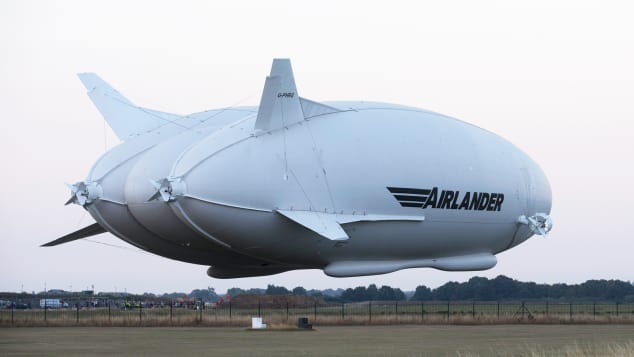
Gross weight: 20,000 kilograms
Length: 92 meters
Wingspan: 43.5 meters
First flight: 2012
An hybrid helium airship, the Airlander 10, has a claim to the title of the world’s largest flying machine.
Originally designed for the US military, its manufacturer, British firm Hybrid Air Vehicles(HAV,) continued its development after the original program was canceled.
The return of the airship era may still have to wait a bit, as the Airlander 10 is still undergoing testing, with some incidents along the way, such as a collapse in the UK when the aircraft came loose from its moorings.
However, its proponents are envisaging a number of roles, both civilian and military.
Mil Mi-26
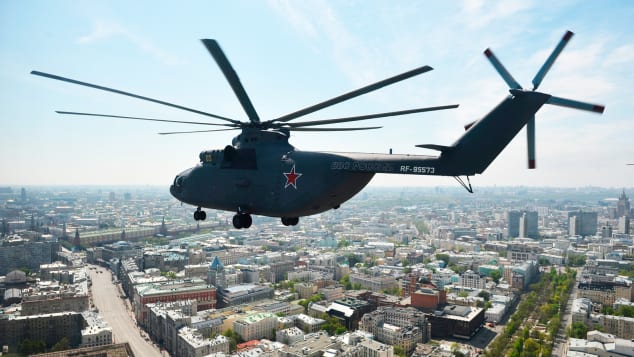
Empty weight: 28,200 kilograms
Length: 40 meters (with rotors turning)
Rotor diameter: 32 meters
First flight: 1977
The Mil Mi-26 may not be the largest helicopter ever built, this honor corresponds to the also Soviet-built Mil V-12, but it’s the largest to have gone into serial production — and it’s still operating with numerous air forces and cargo operators around the world to this day.
It’s capable of transporting 90 troops or 20 tons of cargo and has been used in missions as diverse as airlifting woolly mammoths encased in frozen tundra soil out of Russian Arctic or recovering stranded, damaged helicopters from the mountains of Afghanistan — jobs that no other helicopter would have been capable of doing.


